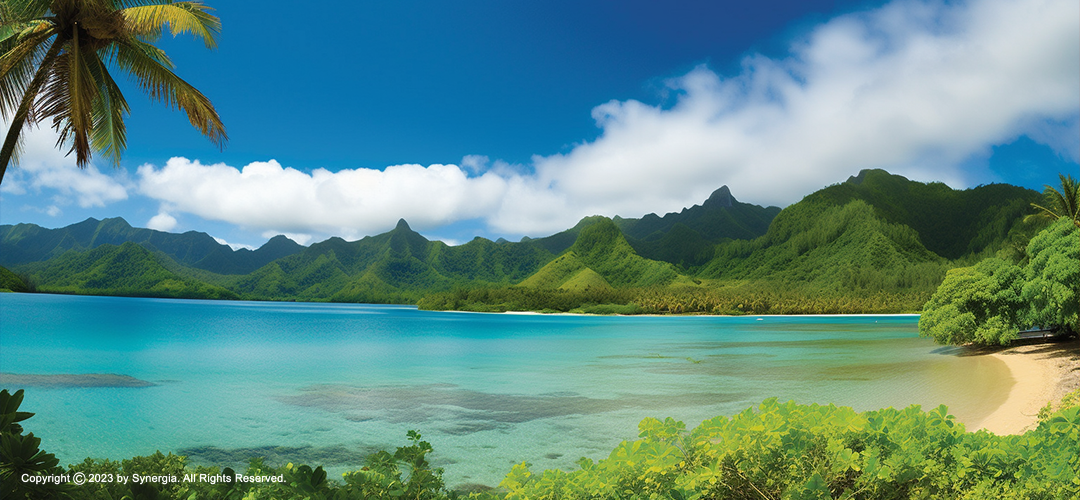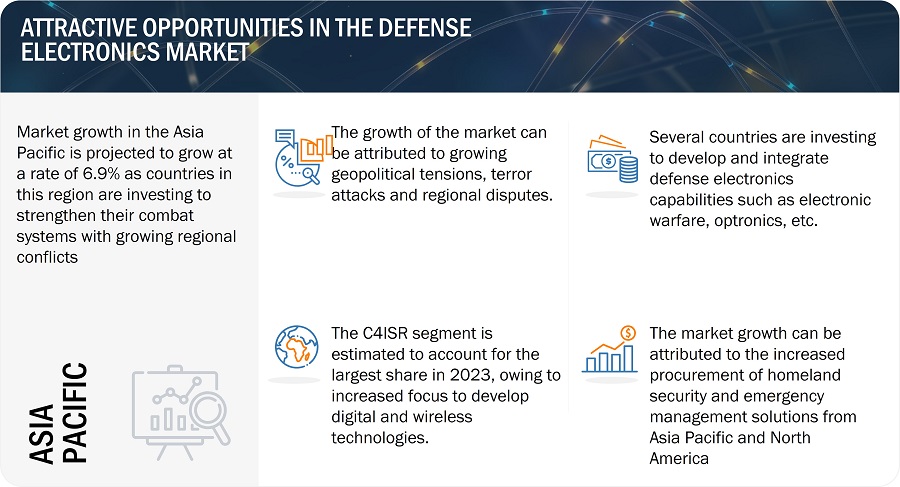The South Pacific: an Emerging Battleground?
May 5, 2023 | Expert Insights

The southern half of the Pacific Ocean has normally not been known for its geo-strategic significance. Instead, it has been associated with picturesque islands and fine beaches.
But this has changed now. Today this region is at the centre of global attention. This is because the global geo-political competition between the United States and China is taking place right here.
Background
The last time the South Pacific region had the focus of the world was during the Second World War. The Imperial Japanese forces were trying to protect the southern flank of their empire and cut off the Southern allied base of Australia. Thankfully for the allies, the U.S. marines, supported by Australians, were able to nip this dangerous move in the bud. In a series of bloody and brutal island-hopping amphibian assaults, they finally secured the sea lanes of communications to Australia and set the stage for the invasion of the Japanese mainland.
The South Pacific islands suffered terrible devastations in this war as they were at the centre of the battle. It took them a long time to recover from this war's ravages. In the period immediately following the war, many of these island countries fell under the protection of the United States before eventually regaining their independence. Others were placed under the trusteeship authority of Australia temporarily. A working governance structure was established in these countries at this time. Over ground nuclear testing was also carried out by the Americans in some of these islands. This had a debilitating impact not only on those immediately affected but also on future generations.
However, interest waned with time as the region was too peripheral to be important to the interests of the two superpowers in the emerging Cold War. The islands in the South Pacific are situated far apart from each other, and the population of each island is very small. The governments and people of the South Pacific Islands also showed very limited interest in engaging with the rest of the world at the time. The United States continued to maintain a military base in the southern half of the Pacific Ocean at Diego Garcia and an important missile testing facility in the Marshal Islands.
The Marshall Islands, the Federated States of Micronesia (FSM), and Palau are sovereign nations known as Freely Associated States (FAS). In the late 1980s, they signed compacts giving the U.S. defence responsibility and the right to military bases. These agreements expire in 2023 and 2024 and are being renegotiated. If the U.S. cannot get an extension, China may step in with attractive funding.
As the superpowers lost interest in this region during the Cold War, the regional powers took over to a certain extent. Here the most important role was played by the former British settler colony of Australia along with its sister country of New Zealand. These countries acted as neo-colonialist protectionist powers for the South Pacific. They played a big role in the initial economic development of the Pacific Island countries. Pacific Islanders started to come in greater numbers in Australia and New Zealand to work and study. This had a direct impact on the white populations of these countries. But overall, the effect of this immigration has been beneficial for both these Anglophone nations. The immigrants contributed to the economies significantly in different ways and became a part of these societies.
The Chinese were searching for new markets to sell their products and found that the Pacific Island countries were ideal for their purposes. The economies of these countries had not yet been exposed to globalization. So, not only were these countries' prospective economic frontiers for China untouched by others, but the South Pacific Islanders also looked at the Chinese economy as an opportunity they could not miss. Thus began the long relationship between China and these countries.
Another issue that has brought the South Pacific Islands to the forefront of the world is climate change. These are the countries that are some of the most vulnerable on this planet to the devastating effects of global warming. Yet, these are the same countries that are also one of the least industrialized in the world. So, their contribution to overall greenhouse gas emissions is negligible to non-existent. Despite this, ,these countries will be the first to fall victim when the climate disaster arrives. A large proportion of their population still directly depends on the marine environment for their daily needs. Hence there is no place to escape.
The South Pacific region becomes highly important in the overall strategic calculus of Beijing. The region connects Australia and New Zealand to the Asian mainland and also acts as a bridge between the Pacific and Indian Oceans. The amount of international shipping passing through these islands is increasing day by day. In order to dominate these sea lanes, China is trying to create a special military partnership with these countries.
In late March last year, reports emerged that China had signed a security deal with the Solomons. While both Honiara and Beijing vehemently denied that this was the precursor of a military base, an Australian minister claimed that China would be stationing troops on the islands.
A draft of the deal leaked online showed a clause that allowed the Solomon Islands to seek Chinese help (police and military) to keep 'social order and provide humanitarian relief.' The draft also stated that China could send ships to stop over at the island. The Australians, who have a similar deal with the Solomons, requested the Solomon Islands not to go ahead. However, Mr Manasseh Sogavare, the prime minister of the Solomons, signed the deal anyway, stating that the nation needed to diversify its security options.

Analysis
The West has long ignored the South Pacific, and Australia and New Zealand were expected to keep the region secure from external influences. Clearly, the ANZAC is not succeeding.
Geopolitics abhors any kind of power vacuum for a long period of time. Therefore, it was quite natural that China would attempt to fill up this vacuum in the South Pacific. Beijing is working towards acquiring ports and Exclusive Economic Zones and frustrating American power projection in the region, increasing their intelligence gathering and maritime awareness over the South Pacific. It also creates hurdles for Taiwan, which has traditionally found the South Pacific island nations sympathetic to its cause.
China's objectives are crystal clear to any military analyst; if it aspires to rise to global power status, it must develop its military capacity to support worldwide operations to challenge American hegemony. This has to be first achieved in the Indian Ocean and then spread out to other critical areas like the Pacific.
However, there have been failures on the side of Beijing. The neo-colonialist nature of the Chinese enterprise has become obvious to many Pacific Islander populations. The West is playing catch up with China in these island states.
In this context, President Biden's expected visit to this geographical area has special significance. He will not be alone as the Indian Prime Minister Narendra Modi is also expected to join him. This shows that India is also making a pitch for the Southern Pacific Ocean in a big way.
A large shift is required in the South Pacific policy of the United States. The larger regional situation needs to be taken into consideration. There is a competition going on between China and Taiwan on who can get diplomatic recognition from the greatest number of Pacific Island states. The island countries are also playing their own diplomatic games. They are playing off China against Taiwan so that, ultimately, they get a better economic deal.
India showing an interest in the South Pacific is a game changer as, in addition to the ANZAC, the U.S. can encourage India to play a greater role in the region. With its expanding economy and growing maritime capability, India is well poised in this respect. It must be remembered that a cultural link also exists with the Indian-origin population forming a significant segment of the Fijian islands.
Assessment
- A presidential visit is only the starting point of a much bigger engagement with the South Pacific. The U.S. lacks basic diplomatic infrastructure in many of the Pacific Island countries, like an embassy, and Washington has to work to remove this imbalance as quickly as possible.
- India’s arrival in the South Pacific is a step in the right direction in gradually moving the country towards an Indo-Pacific orientation.
- There is an innate suspicion of outsiders in the laid-back South Pacific Island people. China has never been very popular with the locals, as has been experienced in Africa and now in Pakistan, and the islanders are justifiably suspicious of their long-term intentions. The last time they welcomed an Asian Power into their midst- Imperial Japan- the experience was none to welcome!








Comments